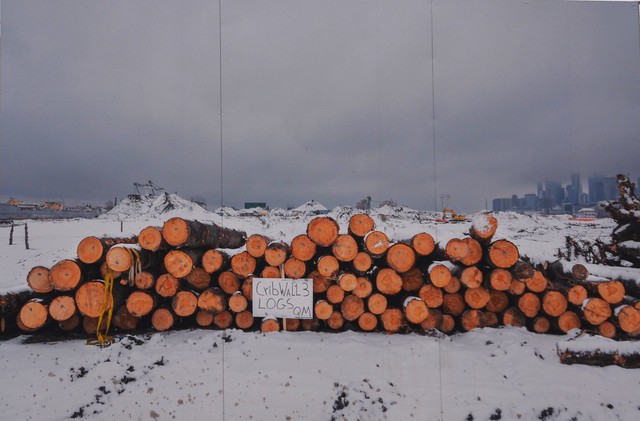Geosynthetic Clay Liner: An Effective Solution for Erosion Control
Introduction
The Geosynthetic Clay Liner (GCL) is a popular solution for erosion control and soil stabilization in various construction projects. This article aims to provide an overview of GCL, its manufac Geosynthetic clay liner turing process, characteristics, advantages, proper usage, selection criteria, and conclusive remarks.
Manufacturing Process
A Geosynthetic Clay Liner is manufactured by bonding sodium bentonite clay between two geotextile layers or a geomembrane layer and a geotextile layer. The manufacturing process involves uniformly distributing t Glass fiber surface tissue he powdered bentonite clay onto the geotextile or geomembrane surface. Then the layers are mechanically rolled to ensure intimate contact between the clay particles and create hydraulic barriers within the liner.
Characteristics
The key characteristic of a Geosynthetic Cla Geomembrane clay liner y Liner is its ability to absorb water and swell, forming an impermeable barrier that prevents seepage. Additionally, GCLs exhibit excellent tensile s

trength due to reinforcement provided by the embedded textile layers. Their flexible nature allows them to adapt to varying terrain conditions while maintaining their effectiveness as erosion control devices.
Advantages
Geosynthetic Clay Liners offer several advantages over traditional methods of erosion control su Geocomposite clay barrier ch as riprap or concrete lining:
1. Cost-effectiveness: GCLs are relatively economical compared to other erosion control alternatives.
2. Versatility: They can be used in various applications including landfill caps, wastewater containment systems,
reservoirs, canals irrigation channels etc.
3. Environmental friendliness: These liners utilize natural materials like bentonite clay that have low impact on
Geosynthetic clay liner ecosystems.
4.Ease of installation:Mats can be easily unrolled eliminating significant labor costs during installation thereby reducing project timelines.
Usage Methodology
To effectively use Geosynthetic clay liner GCLs for erosion control purposes:
– Prepare the subgrade by removing any sharp objects or foreign debris that may puncture the liner.
– Unroll the GCL carefully, ensuring there are no wrinkles or folds in the material.
– Overlap adjacent rolls of GCL to form a continuous barrier, Flood control sandbags securing them with adhesives or mechanical connectors.
– Inspect and repair any damage before proceeding with backfilling or hydrostatic pressure loading.
How to Select the Right GCL
When selecting a Geosynthetic Clay Liner for your specific project requirements, consider these factors:
– Required permeability rating
– Compatibility with site conditions (chemical resistance, temperature variations)
– Installation guidelines and ease of handling
– Long-term durability and expected lifespan
Conclusion
In conclusion, Geosynthetic Clay Liners are versatile erosion control solutions widely used in c Bentonite clay liner ivil engineering projects. Their unique composition and manufacturing techniques make them effective barriers against water seepage. Benefits such as cost-effectiveness, environmental friendliness, and easy installation contribute to their popularity

. When choosing a particular GCL product, careful consideration should be given to its compatibility with site conditions and adherence to performance specifications. Incorporating GCL into erosion control strategies can significantly enhance project sustainability while reducing long-term infrastructure maint Flood control sandbags enance costs.
Title: Geosynthetic Clay Liner: An Effective Solution for Erosion Control
